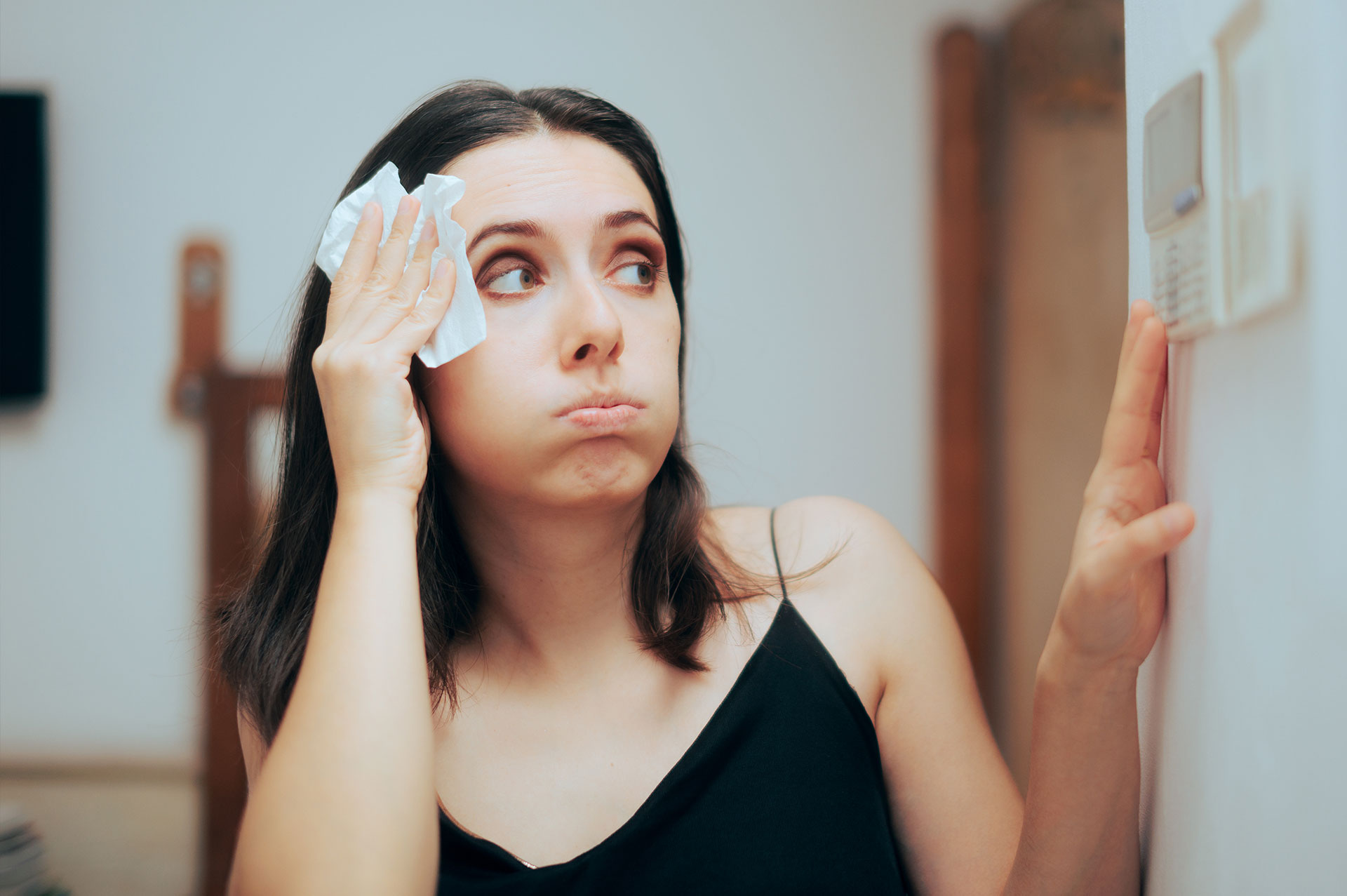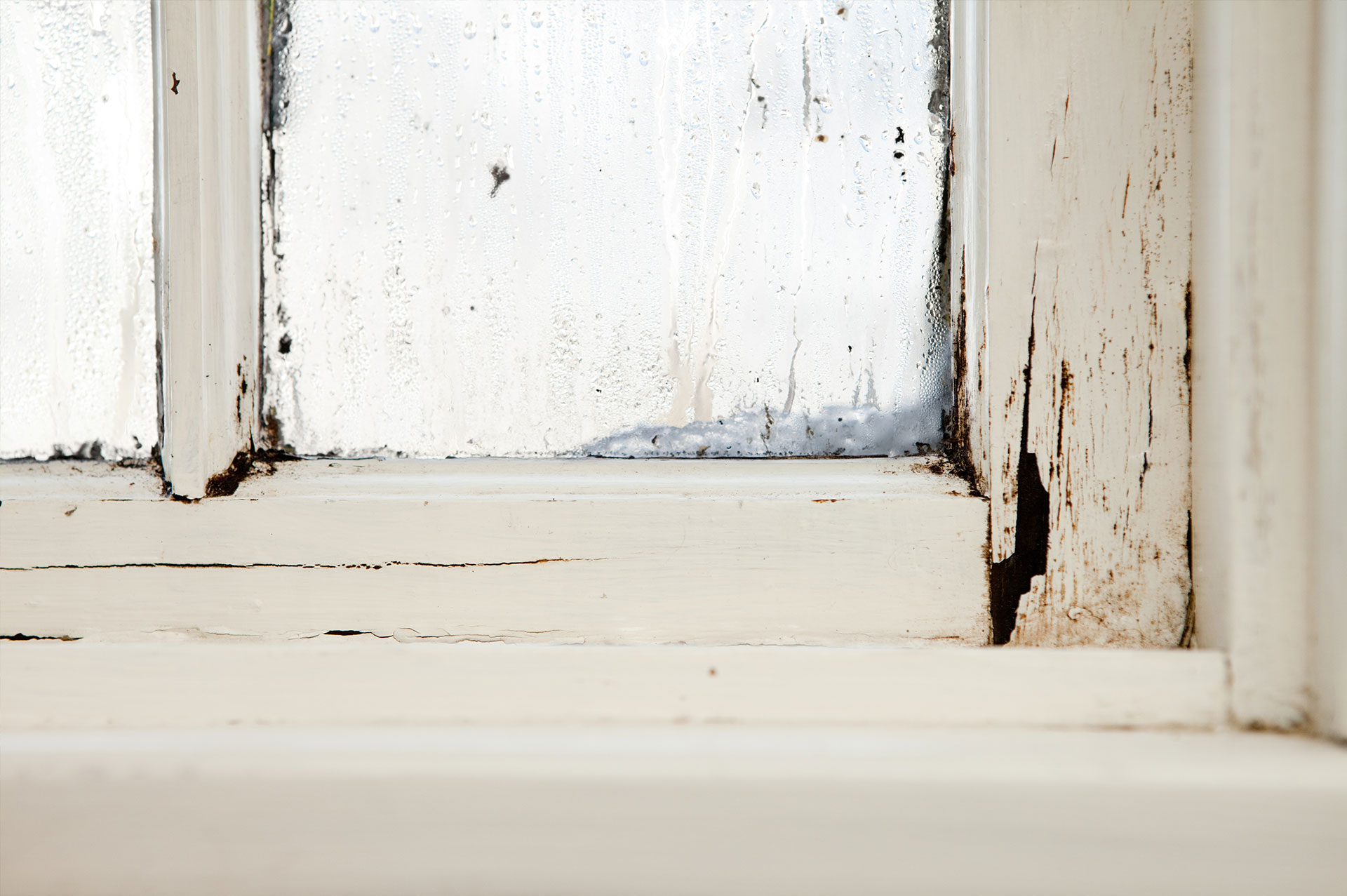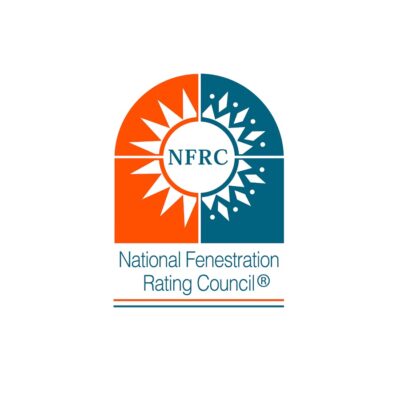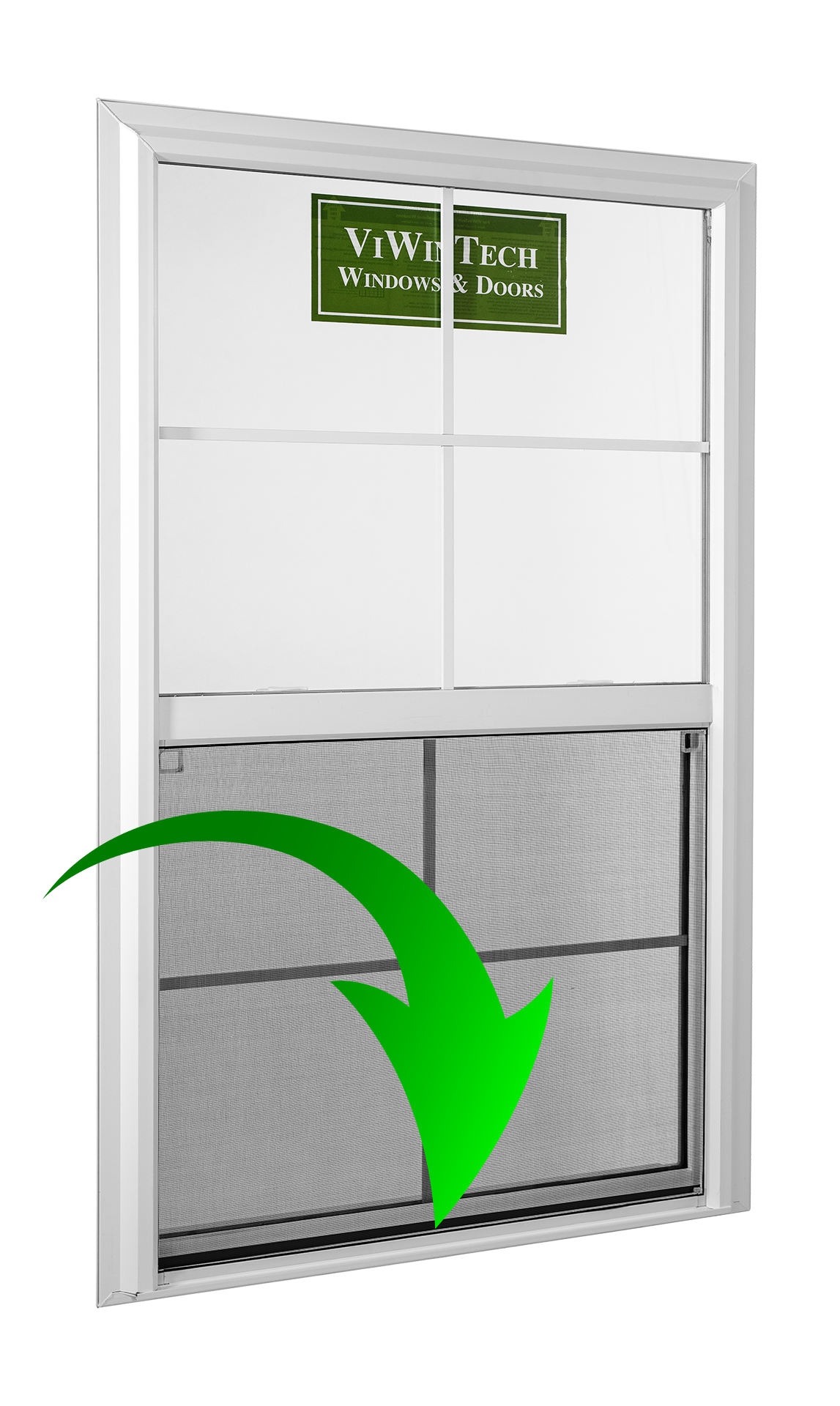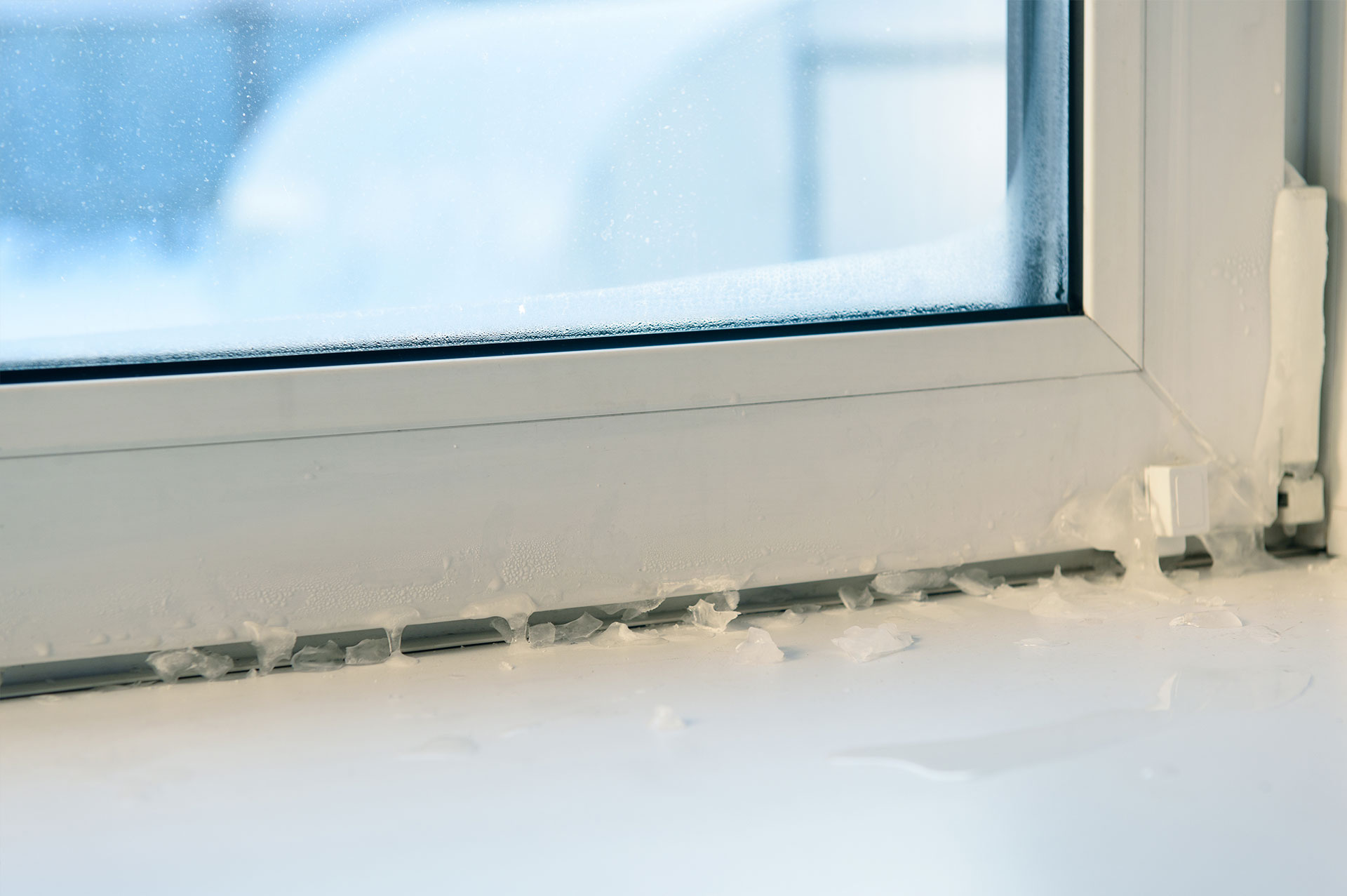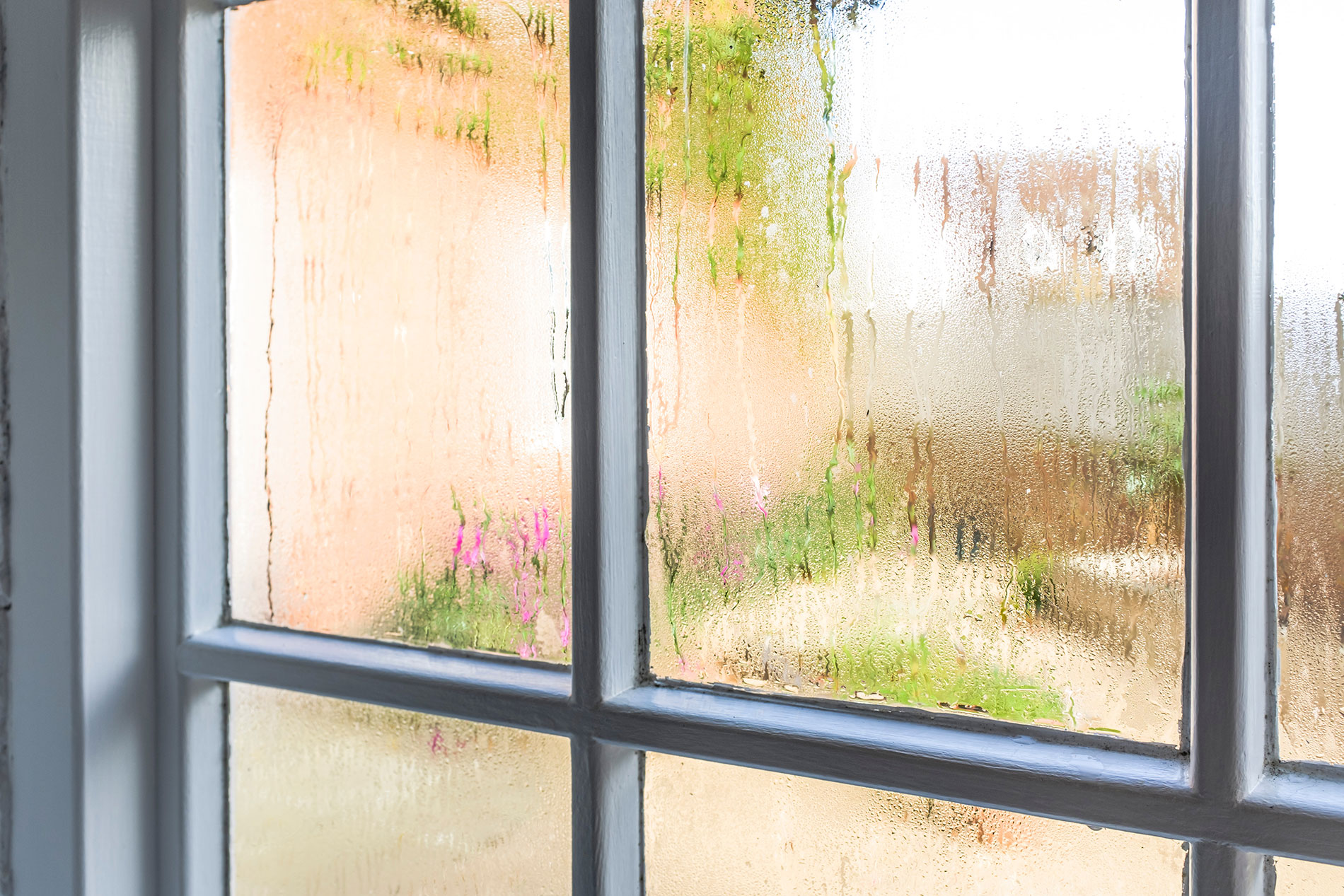

Air infiltration
So you’ve noticed your windows are a little drafty. Sure, you know it’s a problem, but how bad really is it? The effects of water leakage are easy to see, but the invisible impact of air leakage can add up quickly and become costly. From old, worn-out windows to cheaply made, energy-inefficient new windows, air leakage is a problem that can affect anyone.
First, let’s examine what air infiltration is and how it is measured. Air infiltration is air that manages to leak into or out of a room through the gaps in a window. Air infiltration is measured in cubic feet per minute per square foot, so the amount of air in a one foot wide by one foot tall by one foot deep space that can escape through the window in one minute from a one foot by one foot space.
